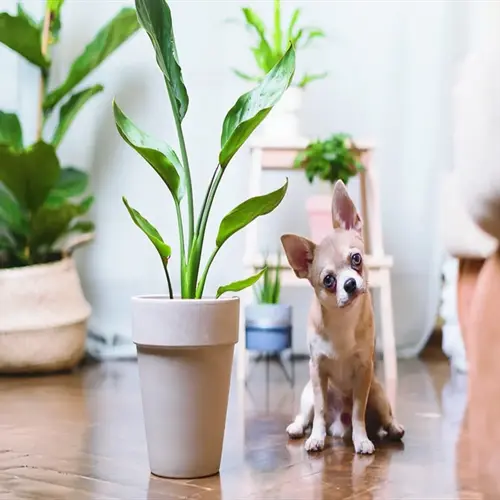What are the main cat coat patterns?

Written by
Elin Eriksson
Reviewed by
Prof. David Walsh, Ph.D.Cat coat patterns change cats into actual works of art. Genes control every stripe and spot. There are five main groups of feline furry designs. Each pattern has special visual characteristics. They also have different genetic causes. This discussion specifies these constituents of beautiful natural creation.
Tabby Patterns
- Classic swirls like marble cake
- Mackerel tiger stripes
- Broken spotted designs
- Ticked salt-and-pepper coats
Bicolor Combinations
- Tuxedo formal black-and-white
- Van pattern color on head and tail
- Harlequin scattered patches
- Cap-and-saddle isolated markings
Tortoiseshell & Calico
- Tortie blended black-orange
- Calico distinct tricolor patches
- Dilute blue-cream versions
- Tortico transitional patterns
Genetic mechanisms produce the remarkable patterns. The color base has two pigment types. Eumelanin makes black and brown. Pheomelanin makes orange and cream. Specific genes regulate how pigments distribute across the body. Temperature also plays a role in developing some patterns.
Specialized patterns demonstrate distinct genetic expressions. The colorpoint cat has temperature responses. Smoke patterns create dark-tipped magic. Chinchilla coats look frosted. Salmiak changes the normal smoke-colored coat. These anomalies highlight the richness of freedom among cats.
Coat patterns don't influence feline personalities. Every cat deserves equal treatment. Let's appreciate these natural works of art. Please take a look at the genetic miracles that produce them. Each cat is an individual companion. Let's celebrate their fur patterns.
Read the full article: Cat Coat Patterns: A Visual Guide

